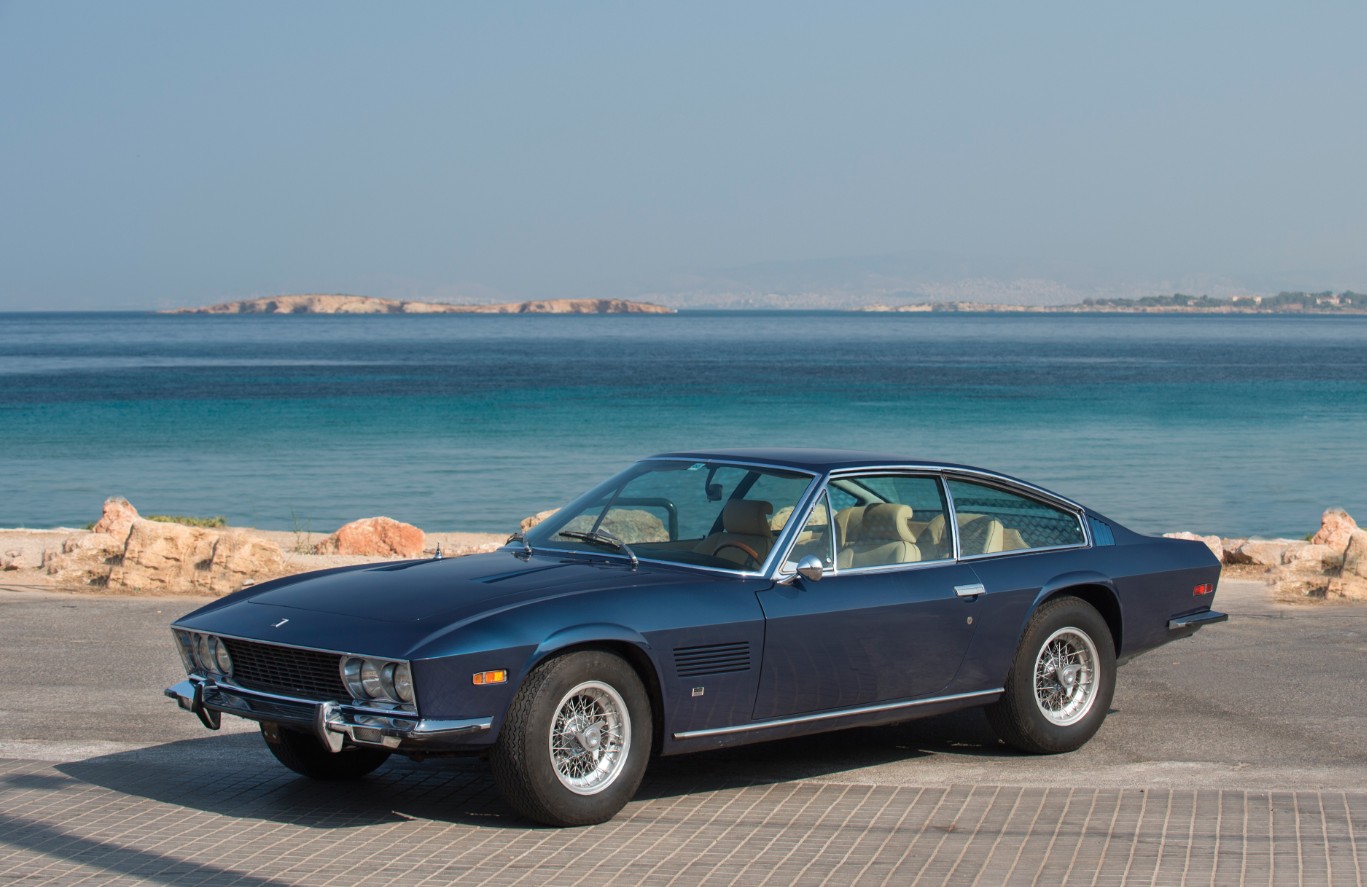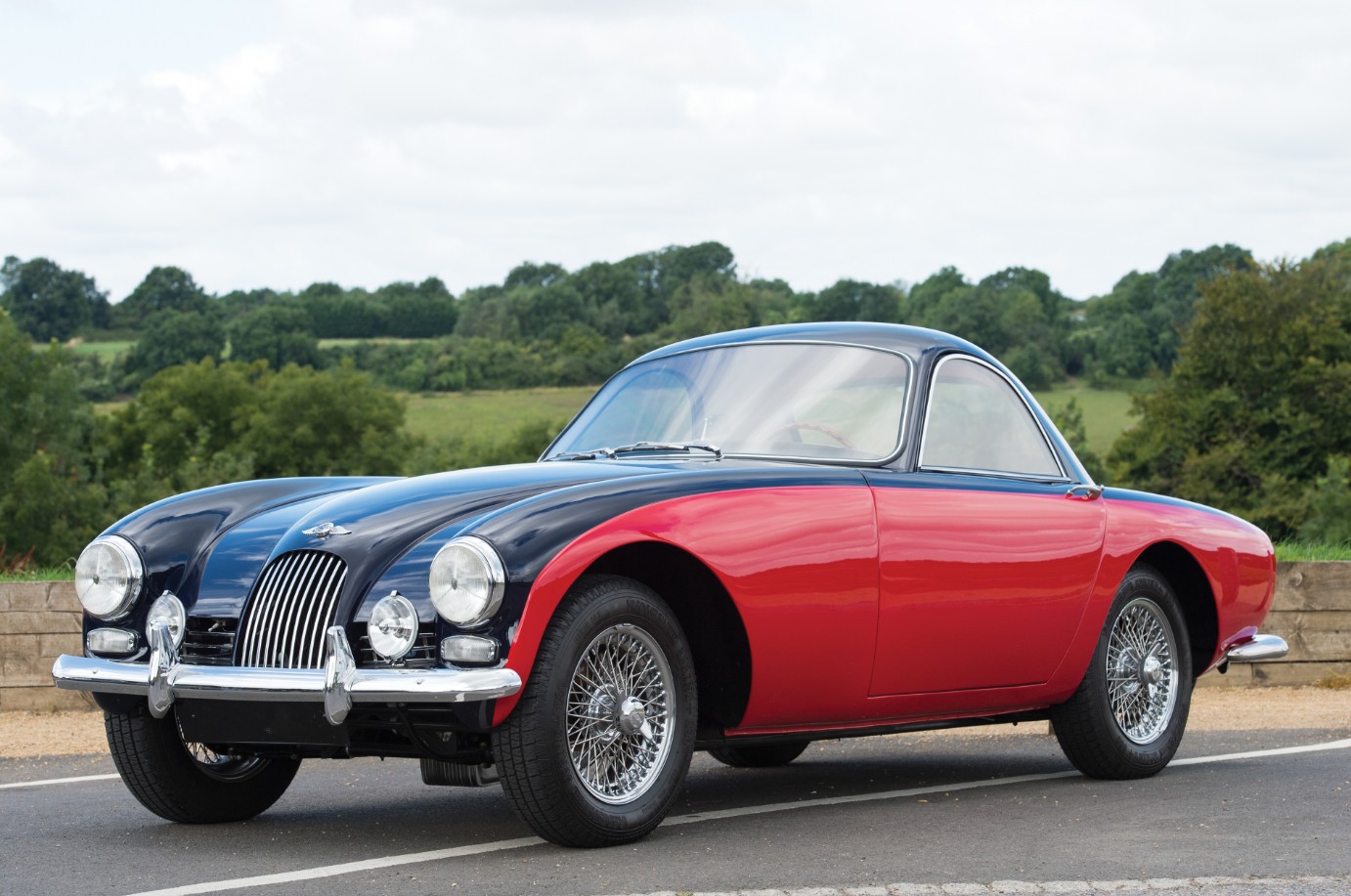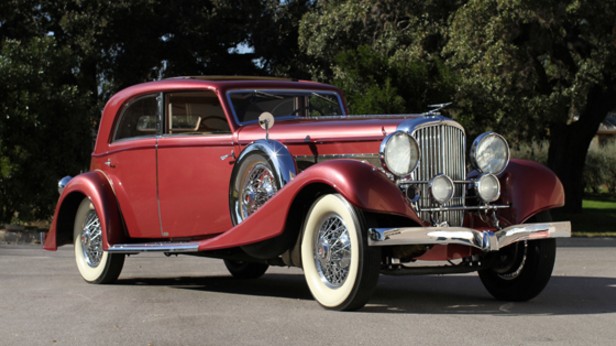1971 Monteverdi 375/L High Speed Coupe by Fissore
Offered by RM Sotheby’s | London, U.K. | September 7, 2016
Peter Monteverdi’s Swiss car company never built models in huge numbers. In fact, only a handful of the cars he built ever made it to the production stage. Among them is the High Speed 375 line of cars that was built between 1967 and 1970 (with a few sedans built after that).
The 375/L was the second car in the High Speed line and it was a 2+2 four-seater on a slightly longer wheelbase than the preceding 375S two-seat coupe (there was also a 375C convertible and a 375/4 sedan). The engine is a Chrysler 440 (7.2-liter) V-8 making 375 horsepower. The body on this car is by Fissore of Italy.
A car with an American engine and an Italian body made for instant success. This particular example is being sold by its original owner. Monteverdis don’t trade hands often and that’s probably because they are awesome cars – on par with the other big Italian muscle car/tourers of the day (think Ghia SS and Maserati Ghibli). Production numbers are unknown, but it wasn’t many. You can read more here and see more from RM Sotheby’s here.
Update: Sold $210,112.




